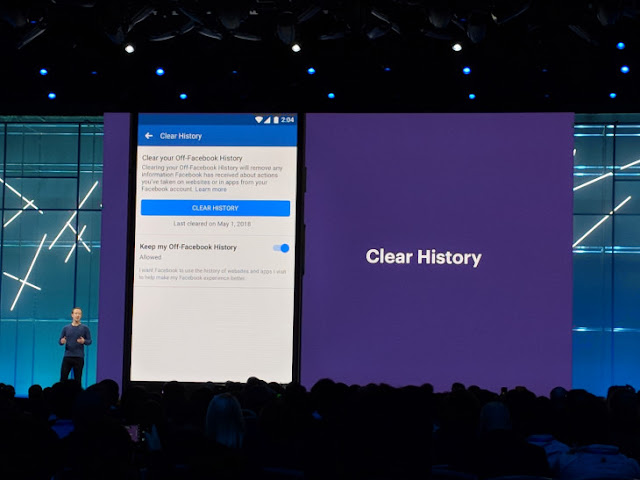The famous Einstein
quote that “science is never finished” has never been more perfectly
exemplified in a video game than in Kerbal Space Program. After four years in
official release, and what felt like a lifetime in early access, the game has
provided a deeply impressive set of tools to experiment with, explore, and
imagine the possibilities of space travel. In fact, that toolset is so deep,
and the game’s enraptured fanbase so committed, that it’s hard to not see the
first official expansion, Making History, as being behind the curve.
The
biggest thing Making History adds to the game is a set of missions branded as
milestone events in Kerbal astronautical history. Most are modeled after
real-world space excursions like the Apollo and Soyuz missions, and there are a
few less-realistic scenarios thrown in for good measure, including one that
essentially feels like an official Kerbal remake of Alfonso Cuaron’s Gravity.
It feels like a deliberate, well-curated collection of content that introduces
a slew of new parts and vehicles to tinker with. Your performance during these
missions are also scored and can be compared to how the rest of the community
fared, which is a nice little plus. There’s tons of value to be had trying to
figure out how best to execute the mission, how best to deploy a ship’s
resources and crew, or how to efficiently manage an emergency, and there are
certainly plenty of those moments to be expected.
These missions are
only the beginning, though, as the expansion also brings an official mission
editor to the game. Given the aforementioned variables that go into every
mission, as you might expect, the tool allowing you to create new missions is
just as astoundingly complex. You design new aspects for a mission using a
series of linked windows, telling the editor where you want players to start,
which craft they’ll start with, what the end goal is, what the flight
conditions will be, any environmental hazards you wish to add, and what the win
state will be.
It’s
a bit of a mess, though. You can’t just click through a menu, choose specificvariables for each section and move on. Most of the more elaborate scenarios
you could think up involve multiple aspects that need to be linked together
using a strange, unwieldy process between option boxes. For my part, all I
wanted was to try out the Armageddon scenario
of taking off from Earth and slingshotting around the moon (or, rather, the
Kerbals’ Mun) to land on an asteroid, and I could barely get the mission editor
to register the correct flight trajectory. There’s a tutorial in the mode that
runs you through the basics of using the editor, but just like the tutorial in
the core game, it fails to adequately explain the minutiae. Much of what the
average player will create (without hours of practice, at least) is the result
of trial and error more than actual vision. For what it’s worth, this is
generally the way everything in Kerbal Space Program works.
The overarching irony
of the expansion, however, is that while new players may be stymied by the
editor for hours on end, veterans will have likely already taken full advantage
of the legion of mods floating out there for the game, already accessible
through the main menu. Aside from the specialized winning and scoring
parameters, the official editor seems almost redundant.
There are very
dedicated players and creators out there, however, and the expansion most
definitely gives those folks more to play with, which has led to some wondrous,
fascinating and, yes, absolutely frustrating new player-made missions. Disaster
scenarios seem to be a particular specialty, and it has honestly been more
captivating to put out situational fires–rescuing a stranded Kerbal, stopping a
space station’s spin in close to low orbit–than to make things fly on a
straight path. Making History certainly adds more to Kerbal Space Program, and
those who’ve already poured hundreds of hours into the game may be grateful for
the tiny cache of new supplies it introduces. But in this particular space
race, players have already been to the Moon (sorry, Mun) and back long before
developer Squad unveiled its new rockets.




No comments:
Post a Comment